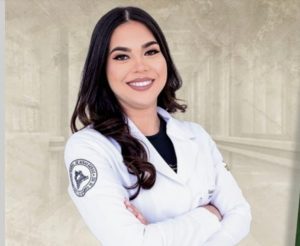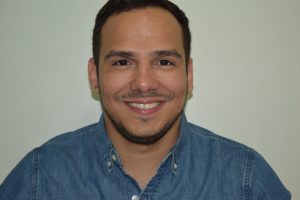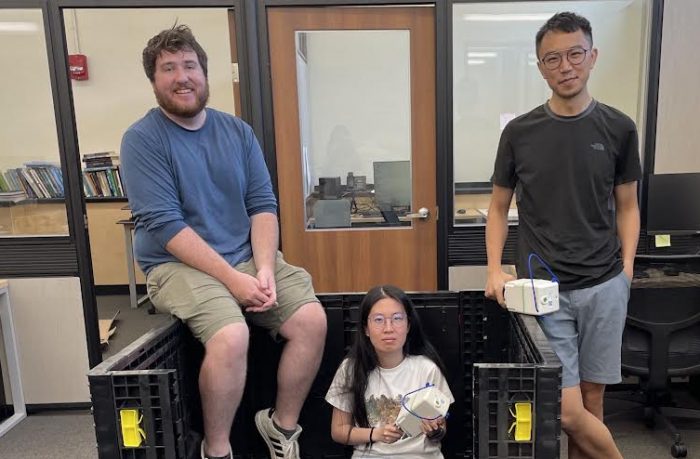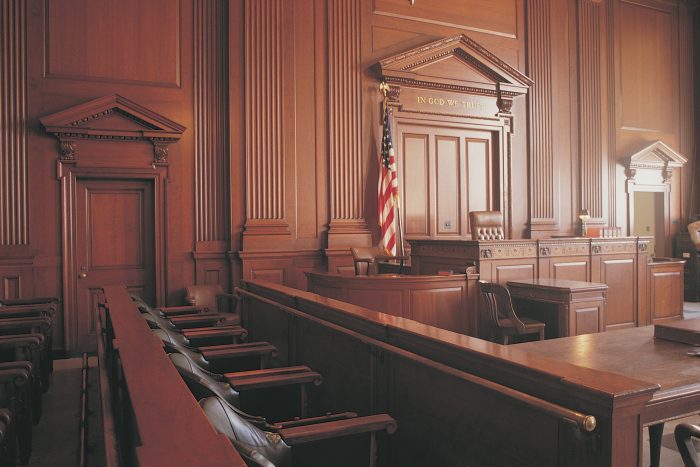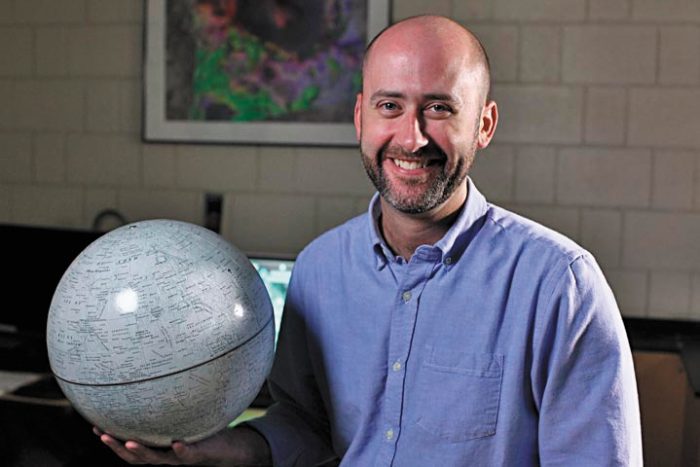By Daniel Dunaief

A pet peeve isn’t something you race out to the breeder, the pound or anywhere else to get because it’ll be a buddy for the rest of your life.
No, a pet peeve is some annoyance that routinely bothers you, like watching someone shake their leg in class or listening to someone blow away the four leaves that dare to fall on their driveway each day.
To that end, I’d like to share some of my own pet peeves, for no other reason than that it’s easier and, perhaps, more fun to focus on the smaller stuff than to worry about, say, global warming, the 2024 election, or the eventual burning out of the sun. Some of these are truly tiny, while others are considerably larger by comparison. If you find that annoying, add that to your own list.
—A perfect dive into a hotel or community pool: yes, it’s lovely and amazing, but people aren’t fish. We shouldn’t be able to enter the water without making a splash or a ripple. When we were teenagers, my brothers and I watched in amazement as a boy about our age perfectly pierced the water during a vacation at a pool in Quebec. Only later did we learn that he was the son of a national diving champion. He should have had his own pool and not unnerved the foolish Americans at a Holiday Inn.
— Endless, personal and vicious criticism at the end of articles: I can’t help laughing when someone writes about how stupid the idea of the article was. Often, someone else suggests that the person A. didn’t have to read the story and B. didn’t need to take the time to comment.
— The knees digging into my back on an airplane: do other passengers care that my back is on the other side of that thin fabric? Perhaps they want some attention or they are eager to share their physical discomfort with others.
— The overwhelming urge to tell me what my dog needs: one man, in particular, who seems to have moved into the neighborhood recently, tells me how my dog looks each day. Yes, it’s hot, and no, I’m not walking him so far that he’s in danger. By stopping me to share his unsolicited dog instructions, he’s extending the time my dog spends in the heat and he’s annoying me.
— The desire other parents have to tell me how to raise my children: news flash — everyone’s children aren’t the same and, oh, by the way, these aren’t your kids.
— The disconnect between the time our children spend on their phones with their friends and the difficulty in connecting by phone with them when they’re away: why are our children on their phones constantly when they’re with us, but they are unreachable by phone when we text them? They remind us that we tell them to “be where they are” when they’re not with us, but they’re not with us when they are with us.
— The people who listen so poorly that they say “oh, that’s nice” when I tell them my pet peeve died: enough said.
— People who tap me on the shoulder to get my attention while they are talking to me at a baseball game: yes, believe it or not, I can multi task. I’m capable of listening to someone else’s story and responding appropriately while watching every pitch and hoping for either a home run or a foul ball that comes my way.
— People who commit my mistakes to memory: I don’t expect perfection and readily admit that I err. If and when I share a thought about someone else’s mistakes, I sometimes receive something to the effect of, “well, you did that, too” or “what you did bothered me 17.28 years ago, too.” Okay, if it annoyed you, why didn’t you say something at the time, instead of waiting until now? Were you hoping I’d say something at some point so you could unburden yourself?



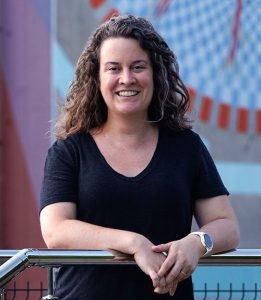


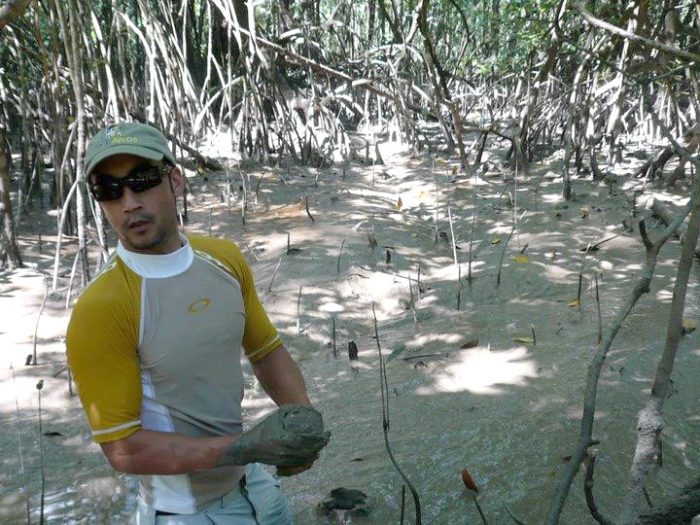
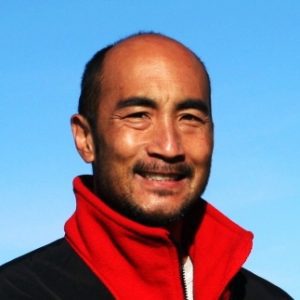
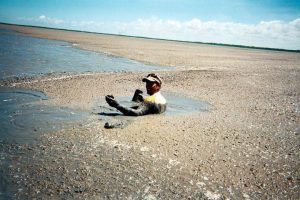 That process creates what is described as a reactive chlorine species, which is on the hunt for a positively charged particle, such as one of the four hydrogen atoms attached to carbon in methane.
That process creates what is described as a reactive chlorine species, which is on the hunt for a positively charged particle, such as one of the four hydrogen atoms attached to carbon in methane.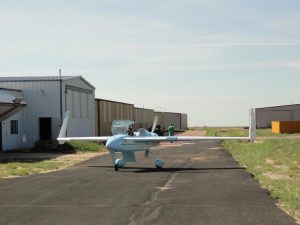 When he’s not working, Mak enjoys boating and fishing. A native of Southern California, Mak is a commercial pilot, who also does some flying as a part of his research studies.
When he’s not working, Mak enjoys boating and fishing. A native of Southern California, Mak is a commercial pilot, who also does some flying as a part of his research studies.


